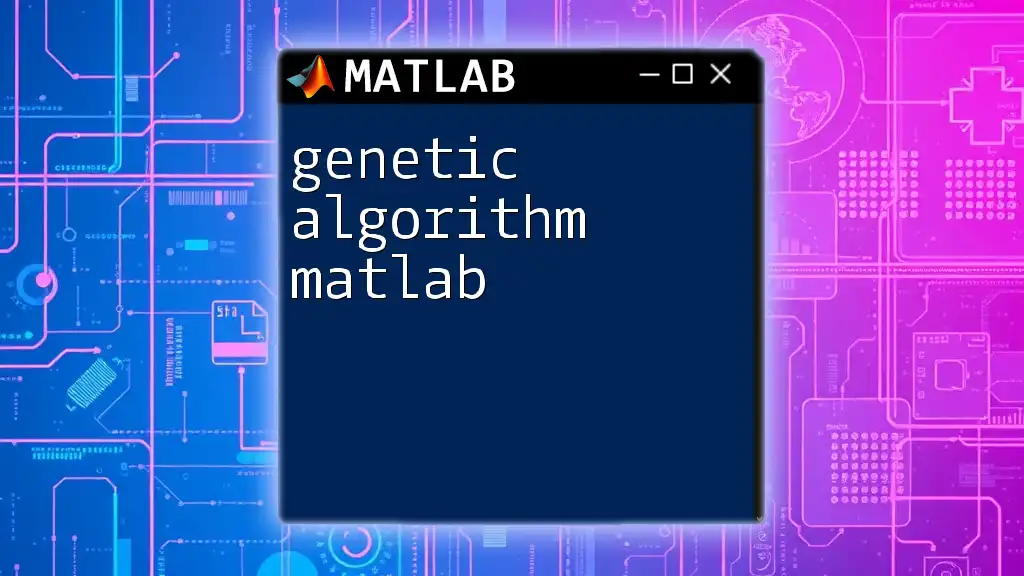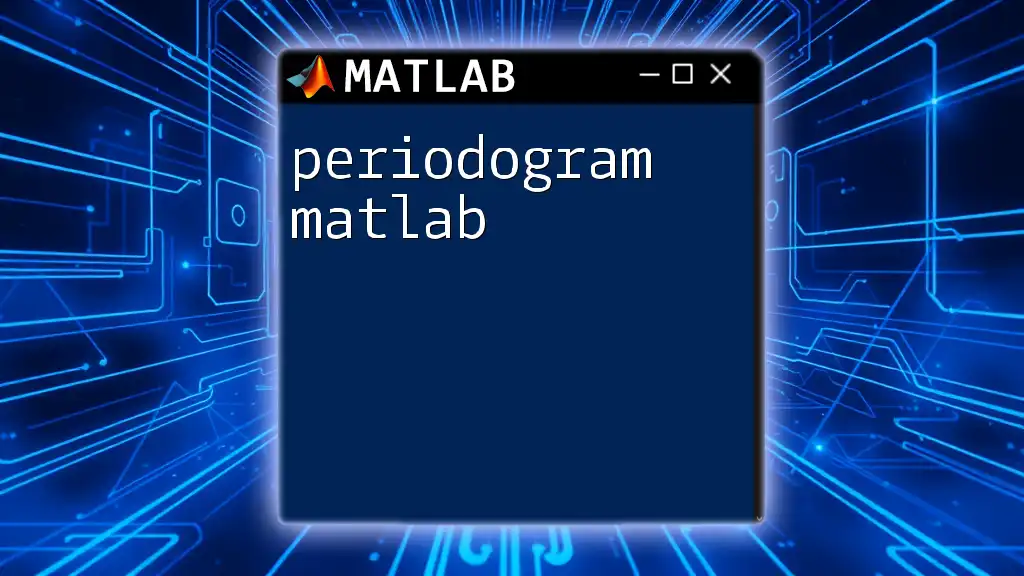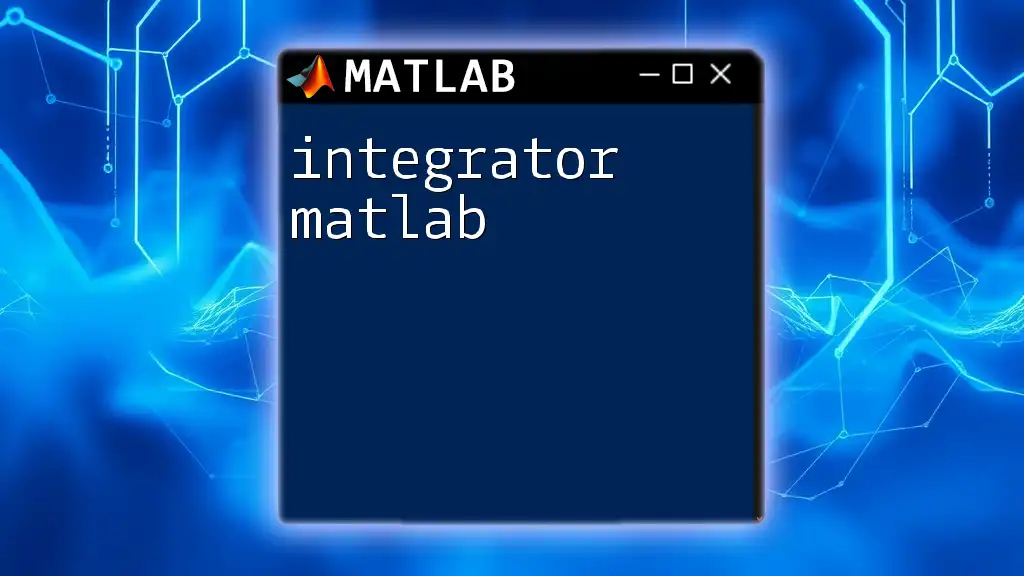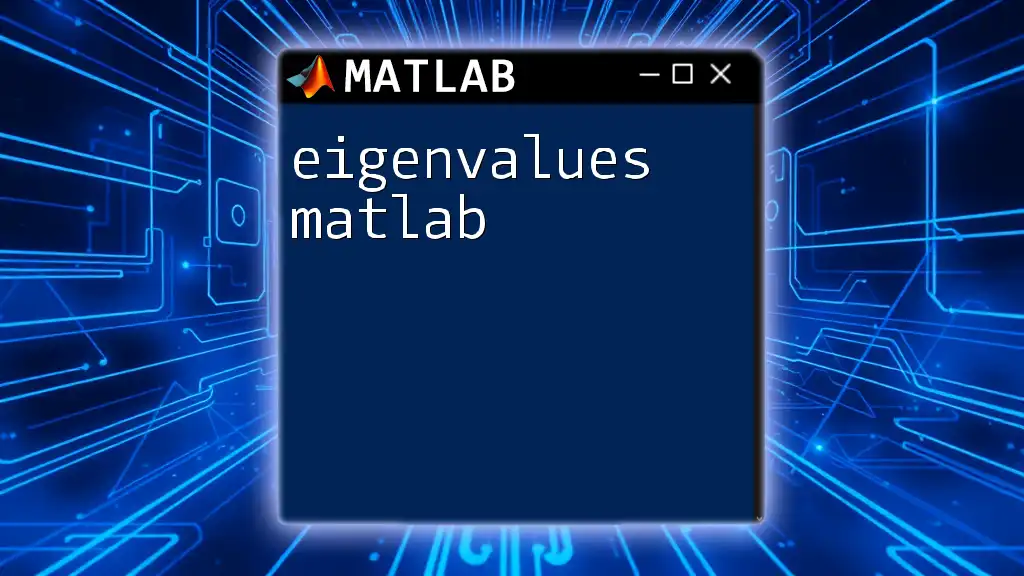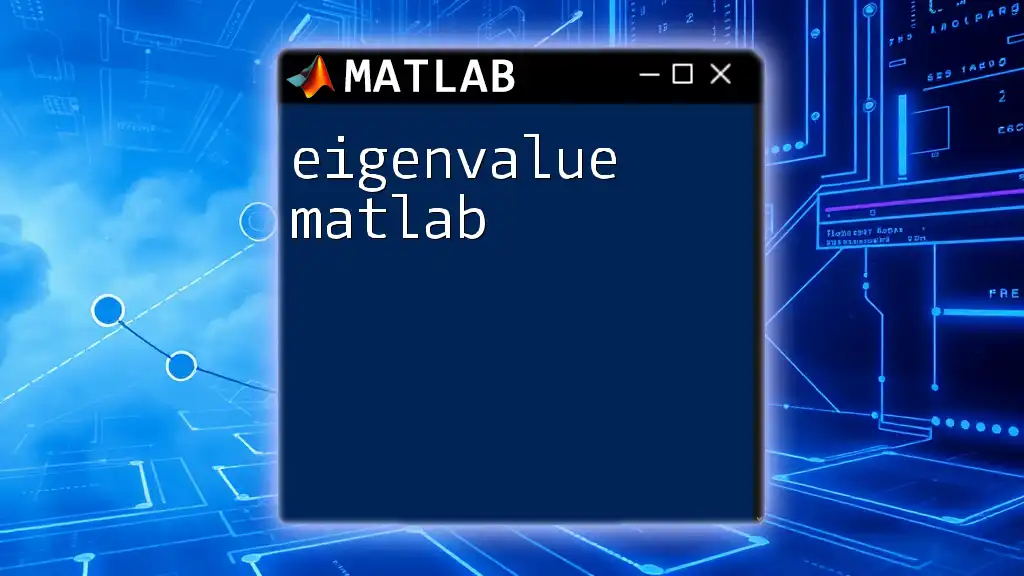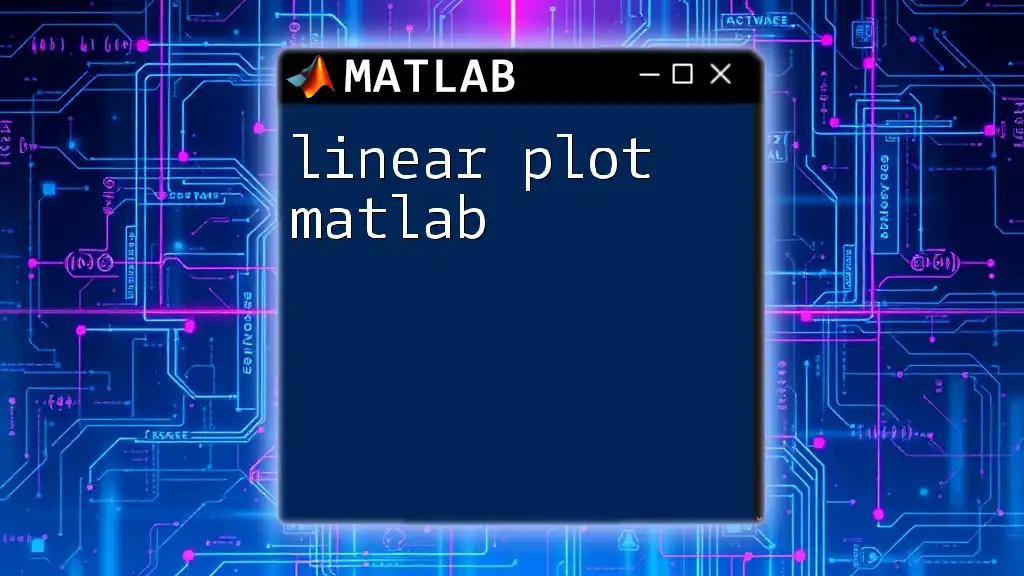A genetic algorithm in MATLAB is an optimization technique inspired by natural selection, used to find approximate solutions to complex problems through the evolution of a population of candidate solutions.
Here’s a simple example of using MATLAB's Global Optimization Toolbox to implement a genetic algorithm:
% Objective function to minimize
objFunc = @(x) x(1)^2 + x(2)^2;
% Lower and upper bounds for the variables
lb = [-10, -10];
ub = [10, 10];
% Run the genetic algorithm
[x, fval] = ga(objFunc, 2, [], [], [], [], lb, ub);
% Display the results
disp(['Optimal solution: ', num2str(x)]);
disp(['Function value at optimal solution: ', num2str(fval)]);
What is a Genetic Algorithm?
Genetic algorithms are optimization techniques inspired by the principles of natural selection and genetics. These algorithms work iteratively to evolve solutions to problems by mimicking the process of evolution. They utilize a population of potential solutions (often represented as chromosomes) which undergo a series of operations, including selection, crossover, and mutation to achieve better solutions over generations.
Concept and workings of Genetic Algorithms
At the core of a genetic algorithm lies the concept of natural selection, where the "fittest" individuals are selected to produce offspring for the succeeding generation. The algorithm proceeds through several key stages:
- Populations: A collection of possible solutions.
- Fitness Evaluation: Assessing how good each solution is at solving the problem at hand.
- Selection: Choosing the individuals that will reproduce to create the next generation.
- Crossover: Combining the genetic information of parents to create new offspring.
- Mutation: Introducing random changes to individuals to maintain genetic diversity within the population.
Advantages of Genetic Algorithms
Genetic algorithms are particularly valuable for a variety of reasons:
- Robustness: They are effective at navigating through large and complex search spaces.
- Adaptability: They can adjust to changing environments or dynamic optimization problems, making them suitable for evolving scenarios.
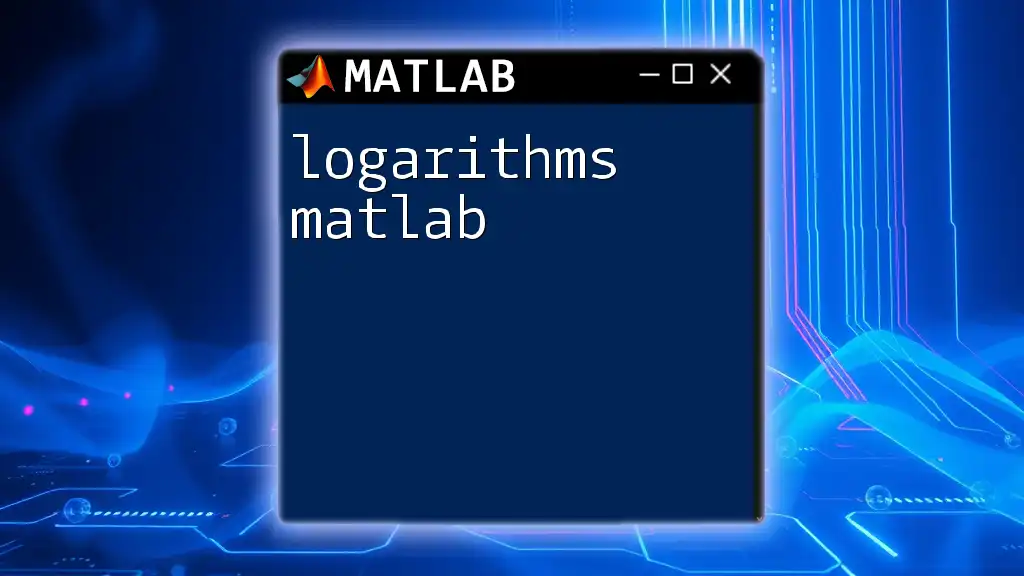
Setting Up MATLAB for Genetic Algorithms
To start utilizing genetic algorithms in MATLAB, you need to ensure that you have the Global Optimization Toolbox installed. This toolbox provides built-in functions specifically designed for working with genetic algorithms.
Installing MATLAB
Make sure you have the necessary software requirements for MATLAB and the Global Optimization Toolbox.
Accessing the Genetic Algorithm Functionality
Once you have MATLAB installed, you should confirm that the toolbox is available. Inside MATLAB, you can check the toolbox installation by entering the following command:
ver
This will display a list of installed toolboxes. Look for Global Optimization Toolbox in the output.

Basic Structure of a Genetic Algorithm in MATLAB
A genetic algorithm requires several key components to function correctly. Understanding these components is crucial to implementing the algorithm effectively.
Key Components
Population Initialization
You need to generate an initial population of potential solutions. This usually involves creating random individuals. For instance, in a binary optimization problem, you can represent solutions as binary strings. Here’s an example code snippet for initializing a population:
popSize = 100; % Size of the population
ChromosomeLength = 10; % Length of the chromosome
population = randi([0, 1], popSize, ChromosomeLength);
Selection Mechanism
The selection process determines which individuals will be allowed to reproduce. A common method is roulette wheel selection, where individuals are selected based on their fitness. Below is a sample implementation of this selection method:
function selected = selection(population, fitness)
cumulativeFitness = cumsum(fitness);
probability = rand(size(population, 1), 1) * cumulativeFitness(end);
selected = population(arrayfun(@(x) find(cumulativeFitness >= x, 1), probability), :);
end
Genetic Operators
Crossover
Crossover combines two parent solutions to produce offspring. There are various crossover techniques, with single-point crossover being one of the simplest. Here’s a code example:
function offspring = crossover(parent1, parent2)
point = randi([1, length(parent1)-1]); % Random crossover point
offspring = [parent1(1:point) parent2(point+1:end)];
end
Mutation
Mutation introduces random changes to some individuals, enhancing genetic diversity and preventing premature convergence. Here’s how you might implement a simple bit-flip mutation:
function mutated = mutate(chromosome, mutationRate)
for i = 1:length(chromosome)
if rand < mutationRate
chromosome(i) = ~chromosome(i); % Bit flip mutation
end
end
mutated = chromosome;
end
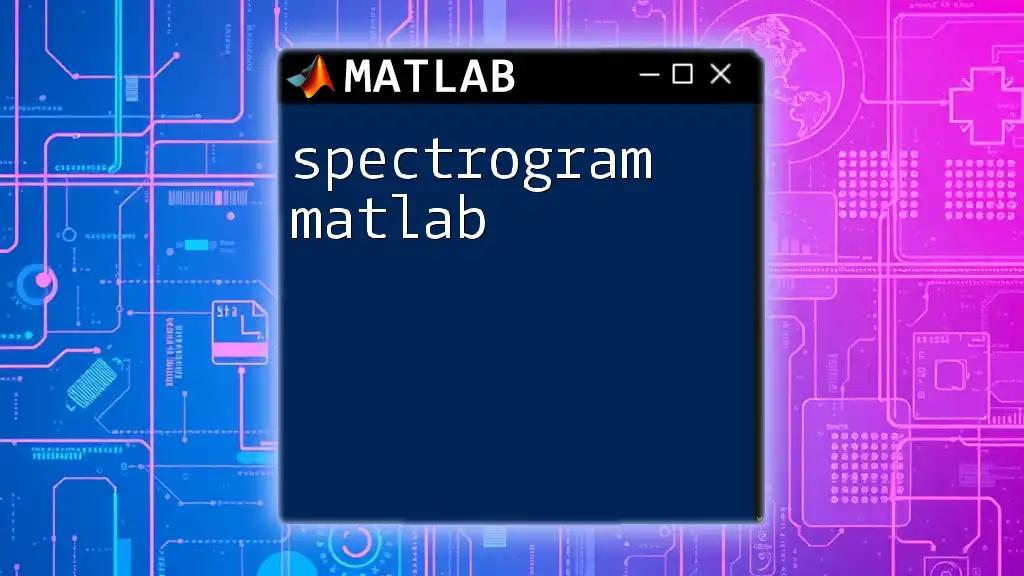
Implementing Genetic Algorithm in MATLAB
Complete Example
To illustrate the implementation of a genetic algorithm, let’s define an objective function and create a complete example of a genetic algorithm in MATLAB.
Objective Function Definition
You need an objective function to evaluate the solutions. For simplicity, let’s consider minimizing the sum of squares of the variables. Here’s how you might define this function:
function score = objectiveFunction(x)
score = sum(x.^2); % Simple objective function
end
Full Genetic Algorithm Implementation
Now, let’s put everything together within a genetic algorithm implementation:
function geneticAlgorithmExample()
popSize = 100;
ChromosomeLength = 10;
mutationRate = 0.01;
generations = 100;
% Initialize Population
population = randi([0, 1], popSize, ChromosomeLength);
for gen = 1:generations
fitness = computeFitness(population);
selected = selection(population, fitness);
population = createNextGeneration(selected, mutationRate);
end
% Display results
disp('Final Population:');
disp(population);
end
function fitness = computeFitness(population)
fitness = arrayfun(@(idx) 1/(1 + objectiveFunction(population(idx, :))), 1:size(population, 1));
end
function nextGen = createNextGeneration(selected, mutationRate)
% Implement logic to create the next generation using crossover and mutation
nextGen = selected; % Placeholder: Update with actual logic
end
In this implementation, the population is initialized, fitness is computed, and selections are made for the next generation. While this example provides a basic structure, you can expand the implementation to include crossover and mutation operators.
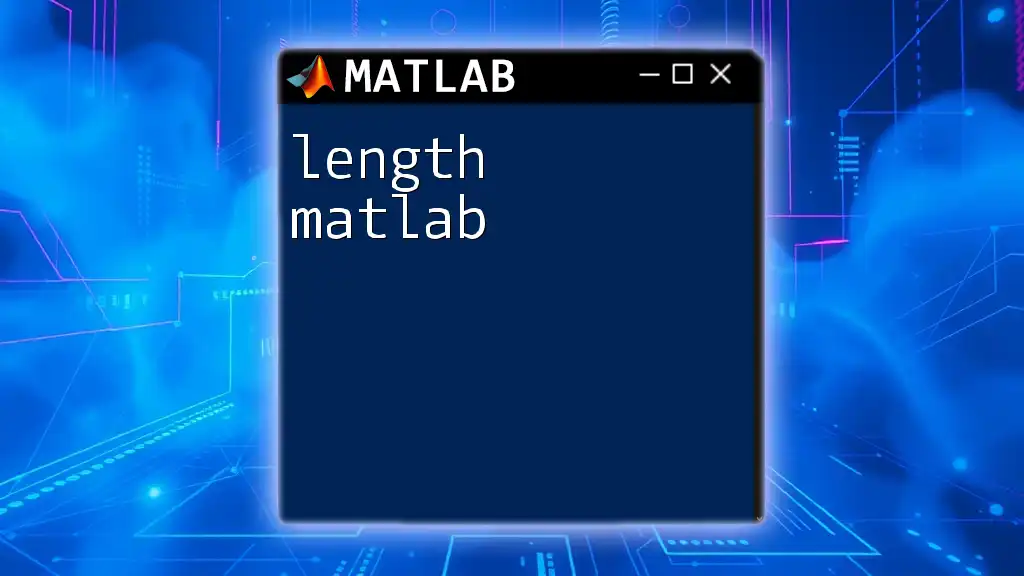
Advanced Genetic Algorithms Techniques
As you become more comfortable with genetic algorithms, consider exploring advanced techniques to enhance their performance.
Elitism
Incorporating elitism ensures that the best individuals from each generation are carried forward into the next, preserving their beneficial traits.
Dynamic Mutation Rates
Adjusting mutation rates dynamically throughout the evolution process can help balance exploration (finding new solutions) and exploitation (refining existing solutions).
Hybrid Approaches
Combining genetic algorithms with other optimization methods, such as local search techniques, can significantly improve performance for certain problems.

Common Pitfalls and Tips for Success
When implementing genetic algorithms in MATLAB, it’s essential to be aware of potential pitfalls. Some common challenges include:
- Parameter Tuning: The success of your genetic algorithm often hinges on the appropriate choice of parameters (population size, mutation rate, etc.). Invest time in tuning these parameters to achieve optimal performance.
- Convergence Monitoring: Track the convergence trends to ensure that the algorithm is making progress. Be cautious of premature convergence where the algorithm gets stuck at local optima.
To maximize your success, embrace best practices such as maintaining proper documentation, conducting rigorous testing, and iterating on your designs based on feedback.

Conclusion
Genetic algorithms are powerful tools that leverage the principles of evolution to solve complex optimization problems effectively. By utilizing MATLAB's Global Optimization Toolbox, anyone can implement these algorithms with ease. Remember to experiment with different settings and enhance your understanding of genetic algorithms in MATLAB.

References and Further Reading
For deeper insights into genetic algorithms and MATLAB applications, consider the following resources:
- Official MATLAB documentation on Global Optimization Toolbox.
- Books on genetic algorithms, such as "Genetic Algorithms in Search, Optimization, and Machine Learning" by David E. Goldberg.
By following these guidelines and utilizing the resources available, you can unlock the full potential of genetic algorithms in your projects.

